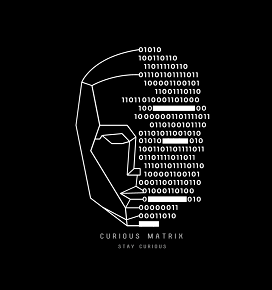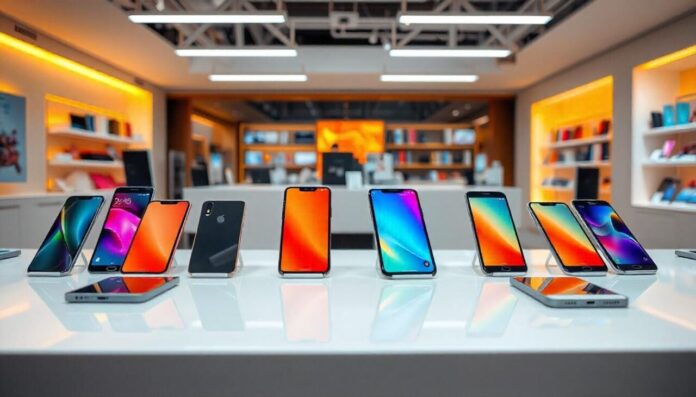
Remember when phones were just for calling? Those somewhat heavy devices with actual buttons? Nokia 3310, Alcatel OneTouch Easy, Motorola RAZR, BlackBerry Pearl, and Sonny Ericsson K800 – just to name a few. Those were real legends!
Then, on June 29, 2007, the first iPhone was released, and everything changed forever. These slick things we carry in our pockets now have much more computing power than all Apollo missions combined, so it is natural to wonder what will happen to them in the future.
Will we witness the evolution, revolution, or de-evolution of smartphones? No one can predict with 100% certainty, but we will most likely see constant progress, which will lead to the development of completely new kinds of devices.
For example, if you managed to achieve time travel and show today’s modern smartphones to someone in the 1980s they would probably react in a so-called heart attack technological whiplash way.
People would react like you’re some kind of magician. And exactly that would probably happen to you if someone time-traveled you to 2100.
As Arthur C. Clarke’s Third Law states:
“Any sufficiently advanced technology is indistinguishable from magic.”
And so, having that in mind let’s try to imagine what will happen with smartphones. Let’s first start with a simple table showing progress throughout history together with some speculation about the future.
How Smartphones Changed Over the Years (Table)
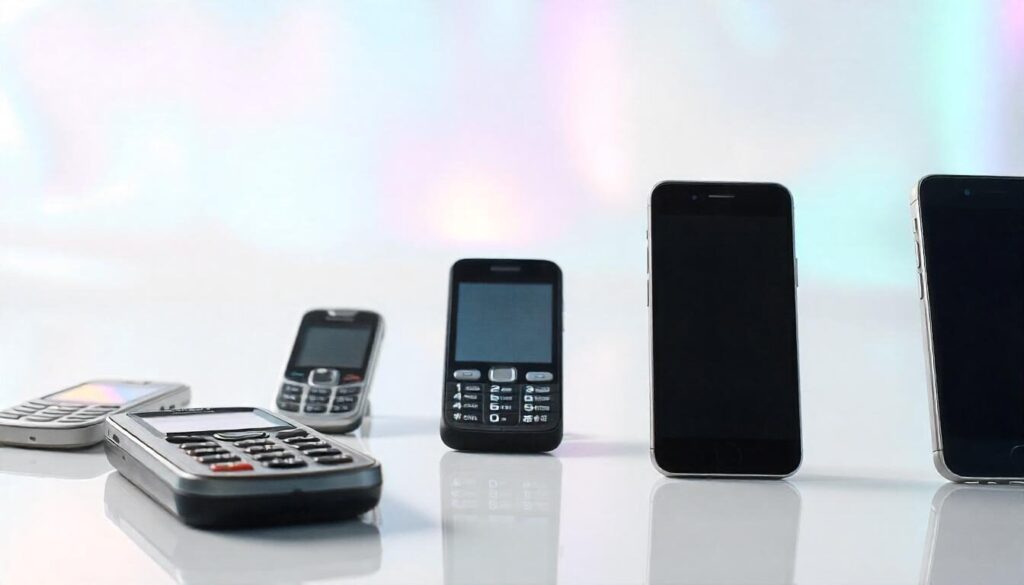
|
Year |
Typical Smartphone Features |
|
1980s |
No smartphones, just massive mobile phones with physical buttons |
|
1990s |
Smaller phones, SMS becomes popular |
|
2000s |
First touchscreen smartphones, BlackBerry keyboards |
|
2010s |
iPhones, Androids, high-speed internet, apps take over |
|
2020s |
Foldable screens, 5G, advanced cameras, AI assistants |
|
2030s |
Not much different, but more refined tech, better AI, improved battery life |
|
2040s |
Holograms, brain interfaces start appearing |
|
2050s |
Phones shrink, wearables dominate, direct mind control possible |
|
2100s |
Physical devices mostly gone, neural implants do the job |
|
3000s |
No one even remembers what a phone was, humans communicate in ways we can’t even imagine today |
|
1,000,000 AD |
If humans still exist, they might be telepathic super-beings or digital consciousnesses |
So, let’s take a look in more detail.
Smartphones in 2030
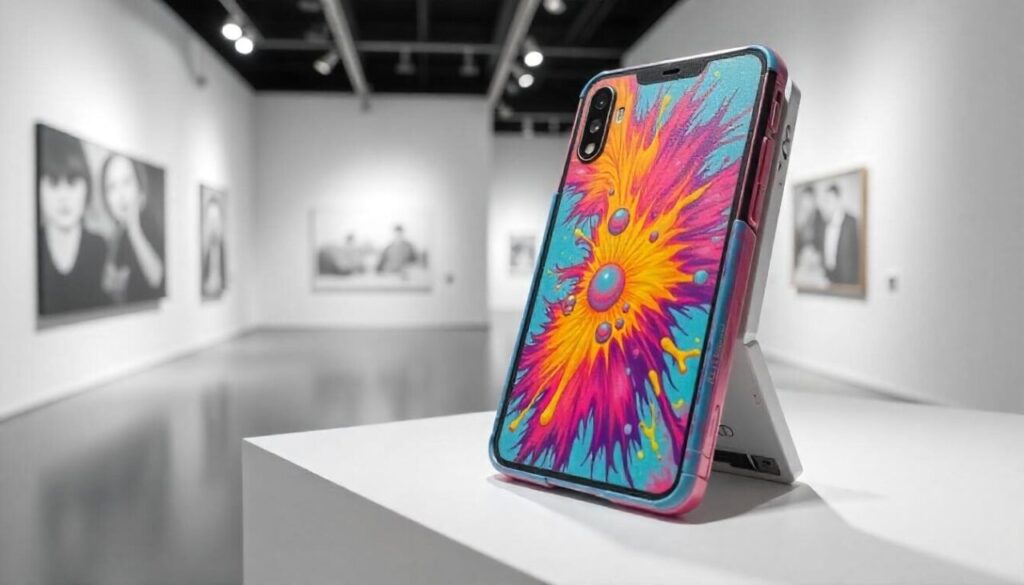
If you’re expecting something wild by 2030, you might be disappointed. Phones will still be rectangles. They will fold better, charge faster, and have better AI, but nothing will blow your mind.
Okay, probably folding features will be rather cool visually but in most cases not very useful.
Also, expect slightly better cameras, longer battery life, and some gimmicks that sound cool but no one really needs.
We’ll probably see better integration with smart glasses and wearable tech, but most people will still rely on their traditional phones. AI assistants will be much more advanced, making everyday tasks smoother, but they won’t replace human intelligence (yet).
People will still complain about battery life, even though charging will be significantly faster.
Additionally, by 2030, we might witness more and more people wanting to detach from technology. This will result in a huge comeback of dumb phones—those with only basic functionality.
This trend already started a few years ago as many people realized that while their smartphones were getting smarter, they were becoming dumber due to 10+ hours of screen time per day.
Interesting fact: The first iPhone had a 2-megapixel camera. By 2030, we might see phones with 500-megapixel sensors, but will it make your photos better? Probably not. Most social media platforms will still compress them anyway and megapixels are not really the most important feature of picture quality.
Smartphones in 2040

Now things start getting interesting. By 2040, you might not need to hold your phone. Instead, it could project a hologram in front of you. No need for a screen—just air and light creating a floating interface. AI assistants will be so smart that they’ll anticipate your needs before you even think of them.
Ok, perhaps not the latter, you’ll probably need to think first (hopefully).
The first brain-wave-controlled phones might appear, letting you answer calls or open apps just by thinking about it. Don’t expect perfect mind-reading tech yet, though—there will still be a lot of trial and error. Devices will still be external, but much smaller, with chips that connect to neural interfaces.
By this point, smartphones might be more integrated into everyday life than ever before.
Virtual reality and augmented reality will likely blend with daily activities, making physical screens less relevant.
Social media will evolve into fully immersive experiences, allowing users to interact as digital avatars instead of simple text or video.
Now, is that a good thing or not? Time will tell. But… there’s a big “but” that needs to be addressed (semi-pun intended).
Namely, people are already deeply addicted to their smartphones and various social networks. Imagine what could happen by 2040—we might witness total social isolation, with 90% of people choosing to stay inside all the time, fully immersed in their smartphones.
Interesting fact: Scientists have already created brain implants that let paralyzed people move robotic arms with their thoughts. Imagine what they’ll do with phones in 20 years.
Smartphones in 2050
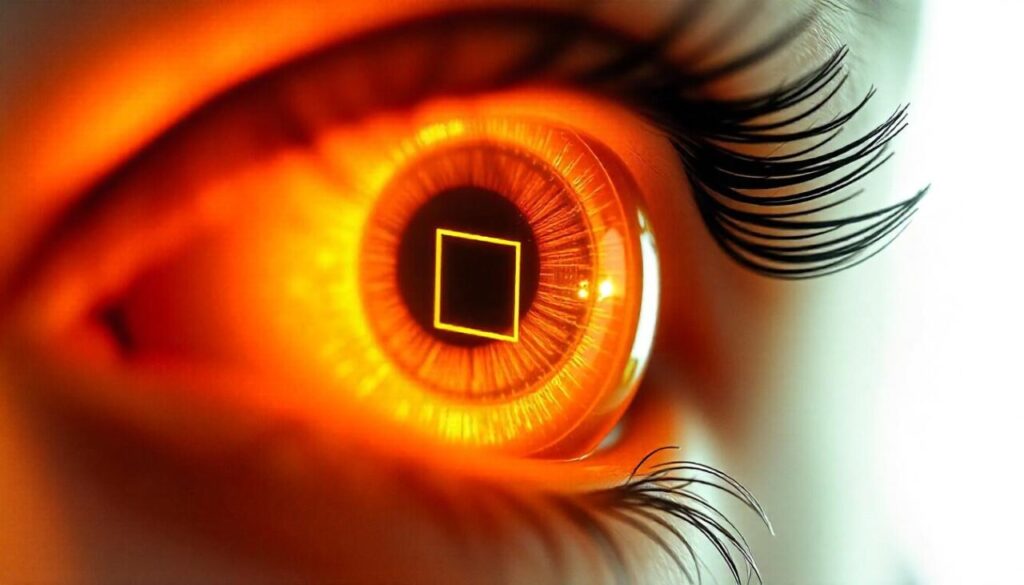
By 2050, carrying a phone will most likely seem outdated. Instead, people might wear smart contact lenses or implants that let them see digital information overlaid on reality.
Need directions? The arrows appear in your vision. Need to text someone? Just think the words, and they’re sent.
Feeling excited? Just imagine your favorite movie star—your phone will instantly undress them and create a little movie for you.
Physical screens might be for nostalgia lovers by then. Maybe a few determined people will still carry a device, just like some folks today still use flip phones.
But most won’t bother. Personal AI assistants will be able to predict what you need before you even ask. Health monitoring will be built-in, constantly checking vital signs and detecting illnesses early.
By this time, direct neural communication could actually be a reality, allowing people to interact without words. The traditional concept of “typing” or “swiping” will be long gone.
Businesses might even transition into fully digital operations, where employees communicate directly through brain interfaces instead of emails or messages.
And while this might sound like complete science fiction, just compare how people worked, communicated, and consumed media in the 1980s. The progress (and, in some ways, regress) has been unimaginable over the past 40 years.
Therefore, with accelerated technological advancement in the next 20–30 years, we can expect additional unimaginable developments, especially in the areas of smartphones and information consumption.
Interesting fact: In 2000, only 30% of Americans owned a mobile phone. By 2050, 30% of people might have a direct neural interface instead of a phone.
Smartphones in 2100
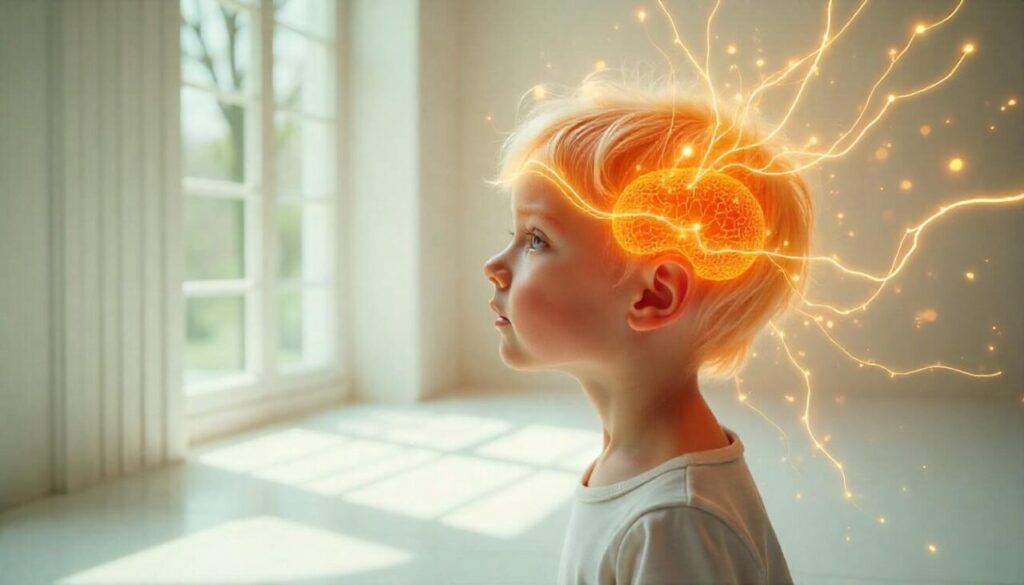
By the year 2100, “smartphones” might not at all exist as we know them. Everyone will have an implant from birth that connects them to a global network. You won’t need to call someone—you’ll just “think” at them, and they’ll hear you.
Need information? Your brain will instantly access a database as if it’s your own memory.
This might create a weird world where no one actually talks anymore—just constant silent communication through thought-sharing. The idea of using voice assistants will be laughable compared to direct mind-to-mind connections.
Humans might experience life in augmented layers, seeing additional digital reality over the real world at all times.
Overall, things might get really really weird by 2100.
Interesting fact: If this sounds far-fetched, remember that just 70 years ago, people thought video calls were science fiction. Now we use them every day. The future often arrives faster than we expect.
Smartphones in 1,000 Years and Beyond

A millennium from now, the idea of smartphones will be as outdated as stone tools are today! That is as certain as 1+1=2.
Your entire consciousness will be uploadable, downloadable, and shareable. Want to experience life as someone else for a day? Just download their consciousness package (premium subscription required, of course).
And what about a million years from now?
Well, trying to imagine smartphones a million years from now is like an amoeba trying to understand calculus.
We might have evolved beyond physical form entirely, existing as pure energy or part of some sub-simulation. Maybe we’ll have figured out how to talk to rocks or communicate across dimensions.
Or perhaps we’ll have come full circle, and the hottest tech will be two cups connected by a really, really long string.
And, so at the end, let’s really speculate (with a BIG S) on 10 possible scenarios for communication and technology in 1 million years, and include percentages on their likelihood.
Communication and Tech Scenarios in 1 Million Years

Here we go:
- Full telepathic communication (25%) – Humans evolve or engineer the ability to communicate purely through thoughts, no devices required.
- Restart of civilization (15%) – A catastrophic event wipes out technology, and humans return to primitive communication.
- We exist inside a simulation (10%) – Consciousness is entirely digital, and reality itself is just code.
- Humans merge into a single hive mind (10%) – Individuality disappears, and all minds connect as one vast intelligence.
- Post-human AI rulers (10%) – AI surpasses humans, and biological life becomes irrelevant.
- No humans, only machines (10%) – The last humans die off, leaving behind self-sustaining AI civilizations.
- Intergalactic communication (8%) – Humans spread across multiple star systems, using quantum entanglement to send instant messages.
- Organic computing (5%) – Technology and biology merge, and people grow living, thinking devices.
- Alien influence (5%) – We integrate with advanced alien species, adopting their superior technology.
- No technology at all (2%) – Civilization abandons tech, choosing a simpler existence.



























